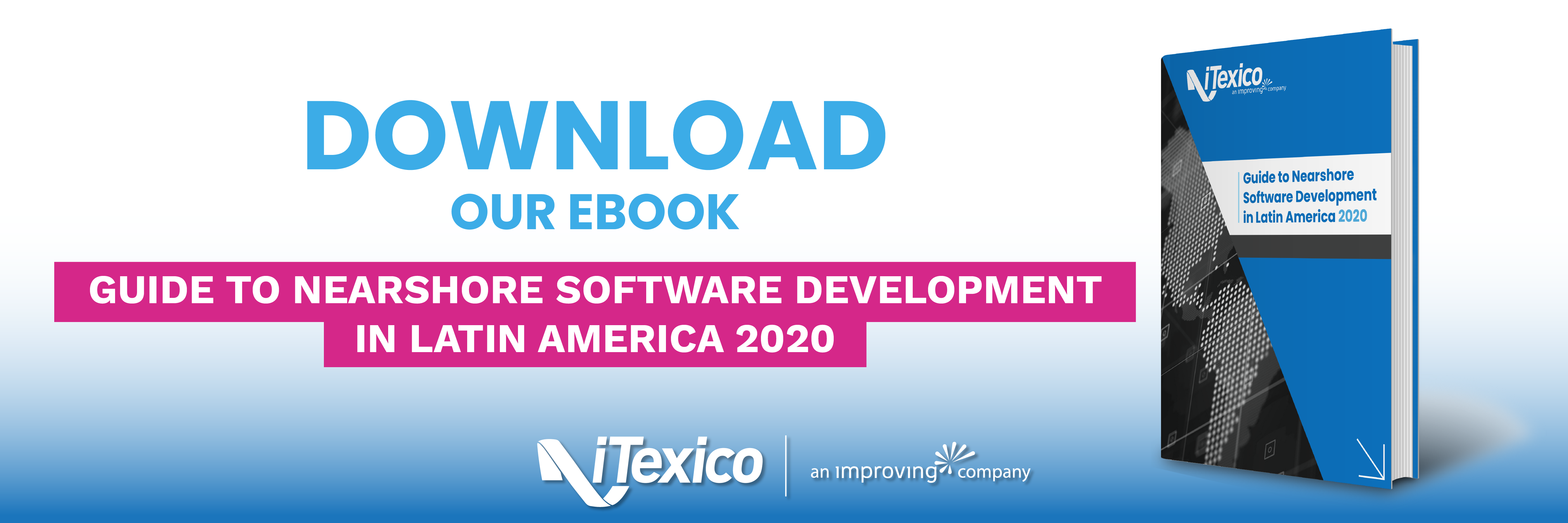Four Steps to Becoming Agile Across Your Enterprise
When is the last time you saw a tractor-trailer take a hairpin turn at 180 miles per hour?
In their article, “An Operating Model for Company-Wide Agile Development,” McKinsey researchers Santiago Comelia-Dorda, Swati Lohiya and Gerard Speksnijder proposed just such a process – one that, when successfully deployed, can be a game changer.
The researchers compare the speed at which digital giants are able to bring new features to market, with more traditional companies like banks, which relegate Agile methodologies to the IT suite. By following a more limited Agile process, banks have been able to roll out new apps and website features at a decent pace, but the resulting experience falls short of consumer expectations.
This is why, says Kinsey, Agile MUST be connected broadly within an enterprise, in an environment where Agile is no longer project-oriented, but product-oriented.
In deploying Agile development at such a scale within traditional companies, McKinsey suggests a four-part transformational process:
- Organizational Structure:
- Before: Application-oriented focus, with ever-changing teams and pooled resources; siloed perspective
- After: Product-based focus with stable teams and dedicated resources; end-to-end perspective
- Interactions Between Business and IT:
- Before: Development process is managed by proxy product owner from IT, with input as needed from business
- After: Development process is managed by strong product owner from business, who works closely with IT at all stages
- Roles and Responsibilities:
- Before: Scrum teams comprise developers and testers; project-manager and line-manager roles remain unchanged from waterfall approach
- After: All roles are integrated within self-organizing scrum teams; project-manager role is minimized and line managers focus on capability building
- Budgeting and Planning:
- Before: Traditional yearly budgeting, with fixed budget allocated to projects
- After: Venture-capital style budgeting, where minimally viable product is launched and future funding depends on product performance
Think of the myriad benefits that can come from such integration: Rapidly-deployed product reflects the contemporary desires of the consumer. Features requests and bug fixes communicated to a call center are quickly communicated to developers, who can dynamically deploy updates.
Rather than residing in silos, IT organizations, product managers, sales and marketing all work to “co-create” products and services, rather than, as the McKinsey researchers write, “simply collecting feature specifications and throwing them back over the wall…”
If you answered never, you’re on the right “track.” For fans of auto racing, there’s a reason that the sleekest, most aerodynamic driving machines are employed when speed is an issue.
When equating this parable to the world of business – particularly when commenting on the speed at which business moves in our digitally-switched-on era – most experts would advise that you figure out how to engineer that tractor-trailer to take the hairpin turn.
A recent McKinsey podcast on the subject of agility in business takes a different tack: Change the vehicle altogether. Large, lumbering, IT groups in monolithic, complex companies, says McKinsey, can only become more agile by transforming, and “mimicking,” the actions of smaller startups and digital-native enterprises.
Change the vehicle.
It’s what Amazon, Uber and its brethren have done so well: They’ve created an environment in which new products are developed quickly, tested and tweaked in hyper-speed, and delivered to today’s generation of consumer that won’t want for the next budget cycle to transpire.
So how can more traditional companies find a way to accelerate their businesses practices to the speed of today? The answer, says McKinsey, is to adopt Agile practices – not just for the IT group, but on a scale that touches the entire company.
It’s a revolution that strikes fear in the hearts of Blue Chip enterprises – how is it possible, some would ask, for a marketing or sales executive to participate in Agile development?
The result: According to the “State of Agile 2016 Survey,” companies that have figured out how to deploy Agile at scale have accelerated innovation within their walls by up to 80 percent. Not too shabby.
Are you ready to implement Agile at scale across your organization?
For full information on how our services can help you, please visit iTexico, Nearshore Software Development Services



Post Your Comment Here